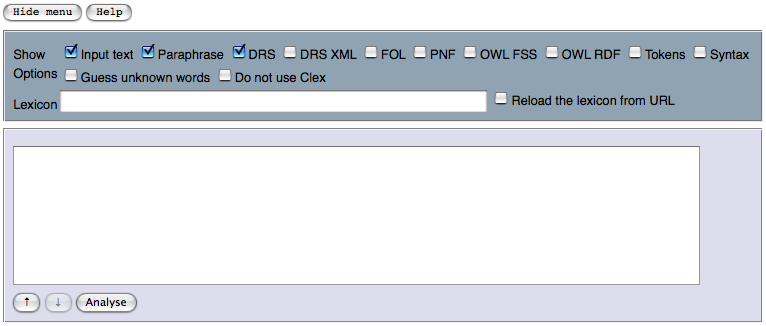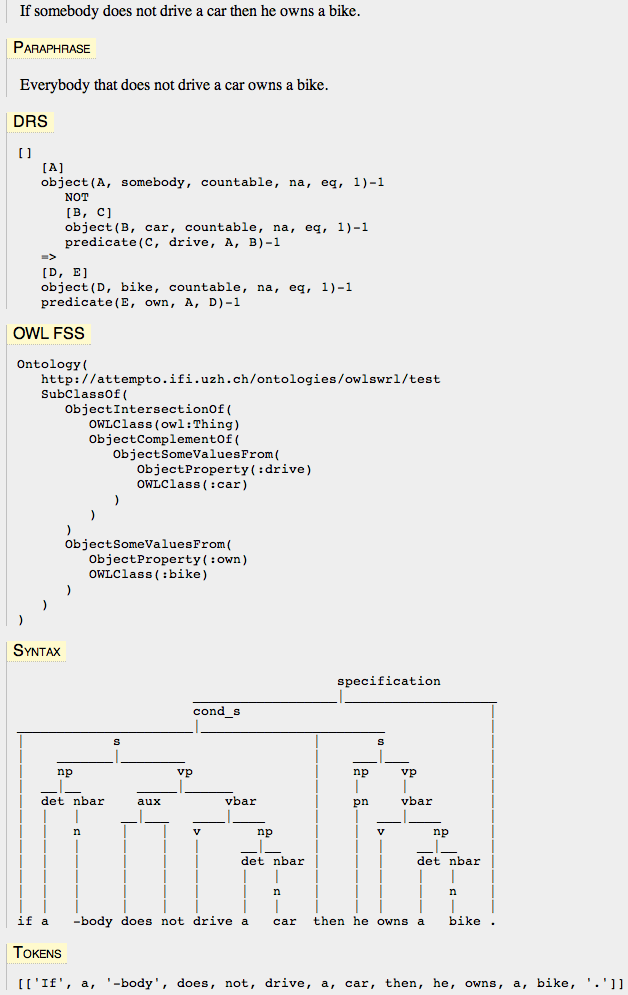
This document describes the APE webclient. The webclient is a front-end to the APE webservice (read the APE Webservice documentation to learn how to use APE directly from your applications). The APE webclient is known to work in Firefox (1.0 and later), Safari (1.3 v312 and later), Opera (8.5 and later) and Internet Explorer (6.0). It was mostly tested on Mac OS X with Firefox 3, Safari 3.2.1 and Opera 9.5.

Each GUI widget has a tooltip. In order to see it, just hover the mouse over the corresponding button, checkbox, or textfield. The following describes the widgets in more detail.
All the controls can be triggered also by key combinations: Ctrl-UpArrow (previous entry), Ctrl-DownArrow (next entry), Ctrl-Enter (start analysis). If the Ctrl-key does not work, then try either Alt (on Apple computers it is called Option) or Meta (on Apple computers it is called Command). At least one of them is likely to work (i.e. is not already in use in the operating system, desktop environment or browser).
There are some commands which are only available on the keyboard:
Enter a text into the textbox and click "Analyse". The text must be written in Attempto Controlled English (ACE). See:
More documentation on ACE can be found among Attempto publications.
As a result, APE shows a linguistic analysis of the input text: its tokenization, Discourse Representation Structure and syntax trees (one for each input sentence). The results are pretty-printed in simple ASCII-graphics.
The main information about the input text is in the DRS. The other output components are either supporting it or derived from it. Read more about the DRS syntax and semantics in the DRS Report.
APE also provides a paraphrase (in ACE) of the original input text, but note that this is still an experimental feature which does not cover all of the ACE language (e.g. texts that contain certain plural constructions cannot be currently paraphrased). The DRS can be shown also in a standard representation of first-order logic, in the default form and the Prenex Normal Form, and there is also support for OWL 2. The output could look like this:

In case APE has problems processing the text, it shows an error or a warning message. Error messages mean that parsing has failed and that the returned DRS is empty. Warning messages do not report fatal errors but only point to potential problems in the input. Errors are presented in red color, warnings are yellow.

One source of errors are unknown words. When encountering an unknown word, APE assumes it to be a typo and suggests a correction. The unknown word is also linked to Merriam-Webster Online for a further list of suggestions.

You can prefix the unknown words with the word-class marker, e.g.:
p:Peeter v:eeats a a:bbig n:aapple a:qquickly.
uses v to denote verbs, n to denote nouns, p to denote propernames, and a to denote adjectives and adverbs. Also, multiword terms (which are likely not to be in APE's lexicon) can be hyphenated and prefixed by the word-class marker, e.g.:
John owns some n:pizza-delivery-services.
Alternatively, you can put all new words into a user lexicon, and specify the URL of the lexicon on the "Lexicon URL" field.
While editing the ACE text, you can hide parts of it from APE by using either the Perl- or the C-style comments.
2008-08-06# My first ACE text. A man waits. # The following sentence failed for some reason, # I commented it out for the time being. /* The man beats his dog. */